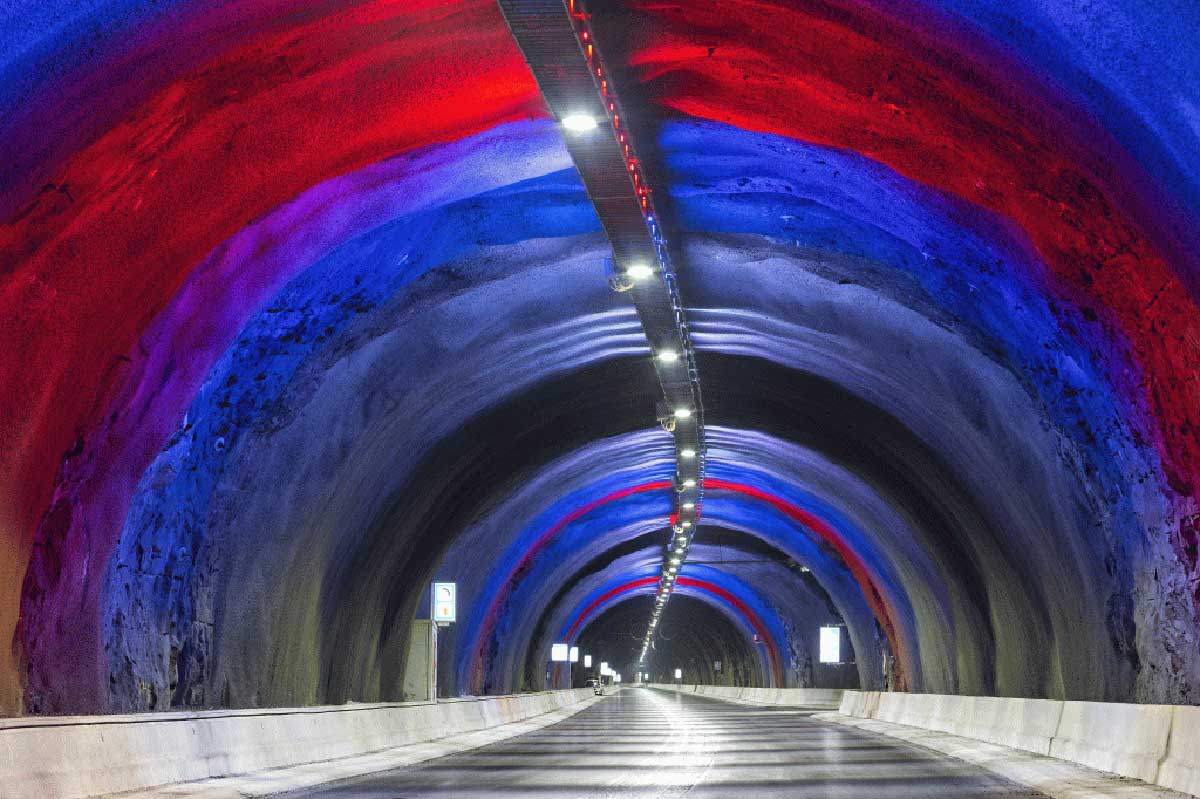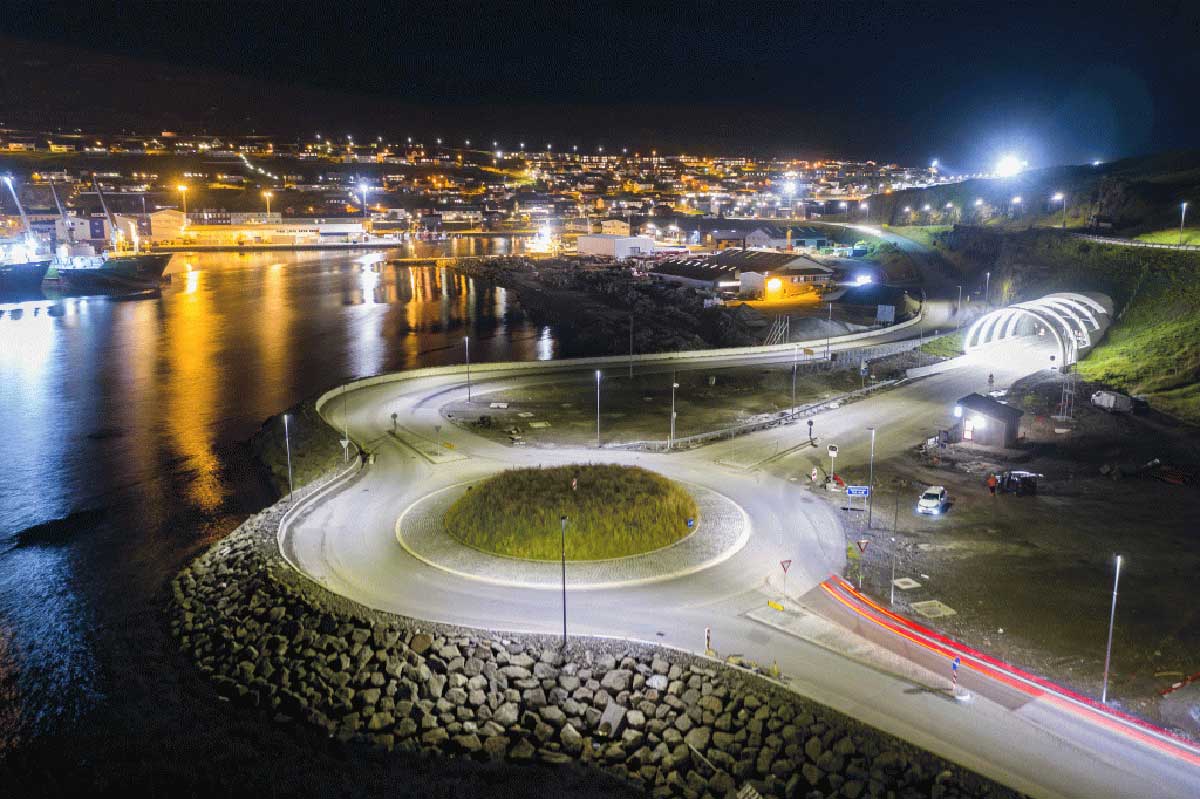The Faroe Islands archipelago in the North Atlantic, almost equidistant from Iceland, Norway and the UK, consists of 18 tightly-packed islands of volcanic origin, 17 of which are inhabited. Its territory, surrounded by cliffs, is predominantly mountainous. Its economy, which supports some 54,676 inhabitants (according to the August 2023 census), depends primarily on fishing and related industries. A constituent nation (like Greenland) of the Kingdom of Denmark, self-governing in almost all respects since 1948 (with the exception of defence, foreign affairs, the legal system and foreign exchange policy), the Faroes have their own prime minister and parliament, and 2 representatives in the Danish Parliament.
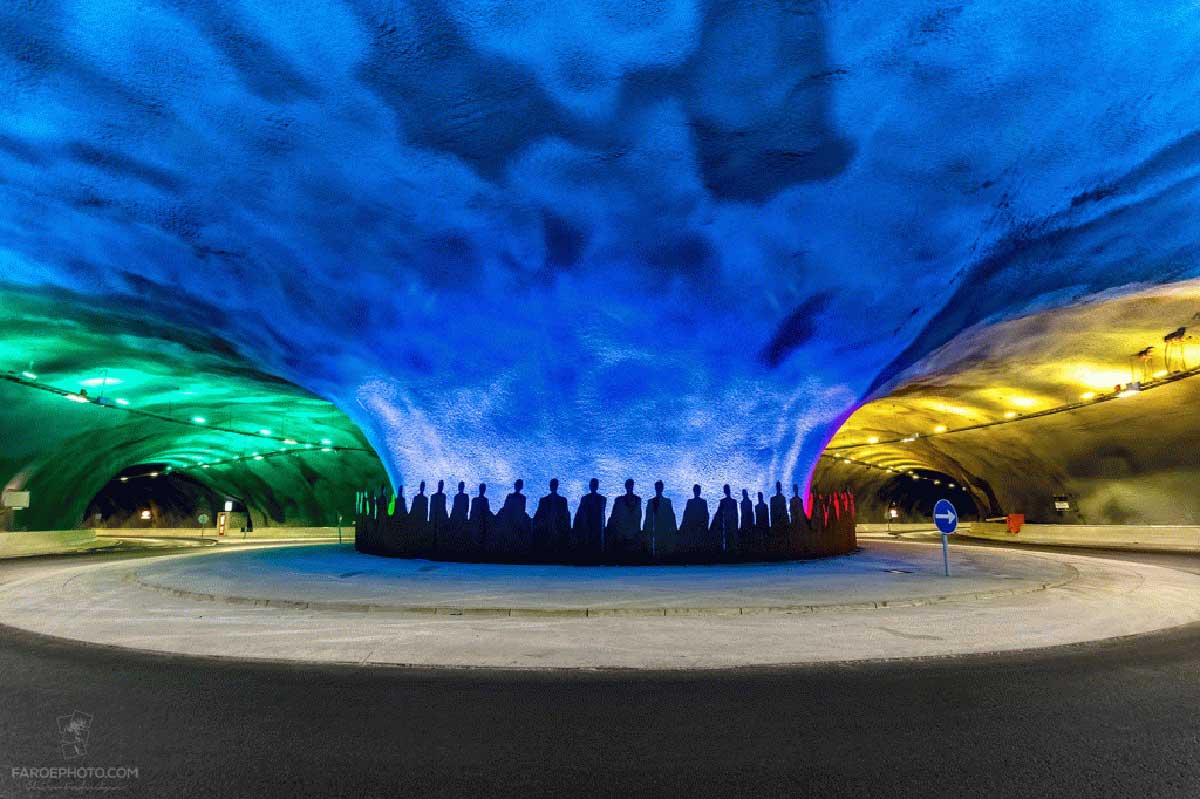
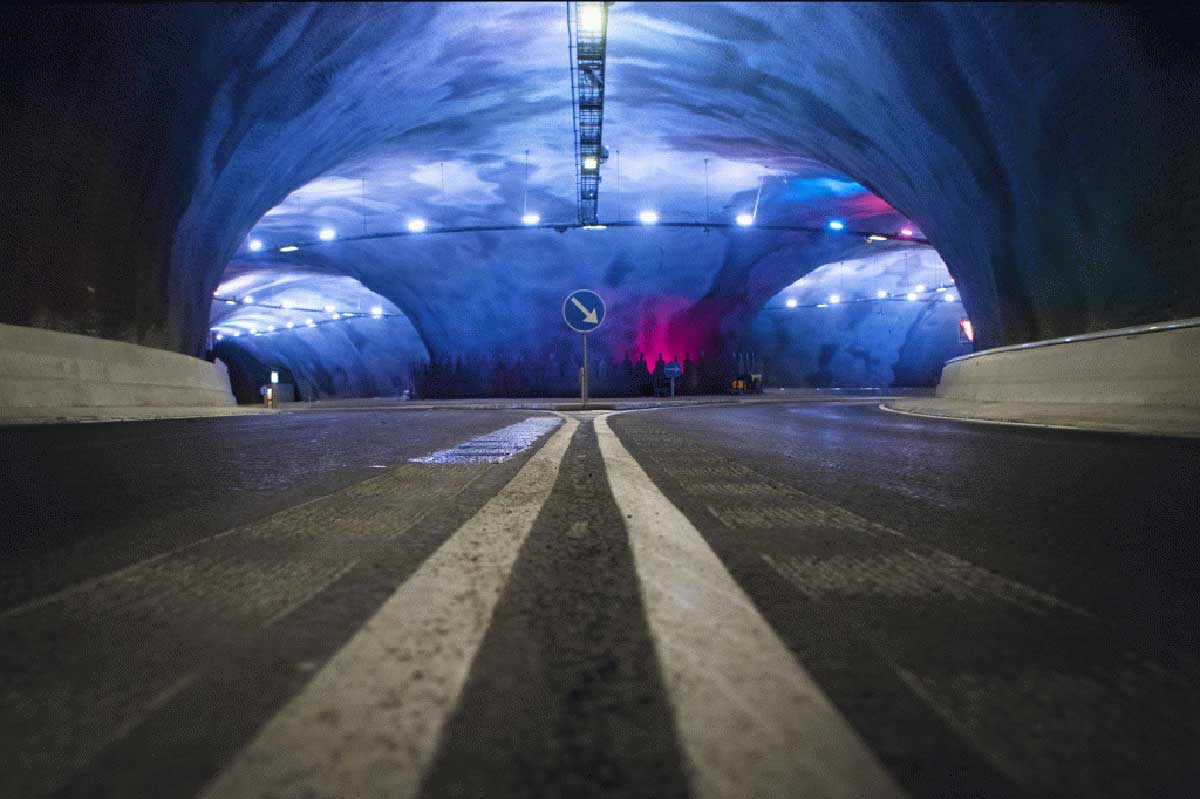
Given their rugged terrain, as well as their insularity, transport in the Faroes historically relied on maritime traffic, with very little development of dedicated infrastructure until the mid-20th century. Since then, in a process that is still underway, bridges and, above all, tunnels have multiplied and taken over from the maritime routes. One of these tunnels, which opened to traffic on 19 December 2020, represents an engineering achievement. It is the Eysturoy tunnel (Eysturoyartunnilin in local language).



The Eysturoy tunnel, 11.24 km long and costing almost €120 million according to the contractor, the Swedish company NCC, represents the largest infrastructure investment in the history of the Faroe Islands. Its main port is located on the island of Streymoy, in the small town of Hvítanes, north of the capital Torshavn. The tunnel runs northeast from there, until suddenly, unexpectedly, before it has reached the surface, it forks into two branches. The north-west branch comes to light shortly afterwards in the town of Strendur, while the branch that continues north-eastwards breathes through Saltnes, in the municipality of Runavík, on the island of Eysturoy. Well, at the point of this bifurcation is the world’s first and only roundabout under the sea.
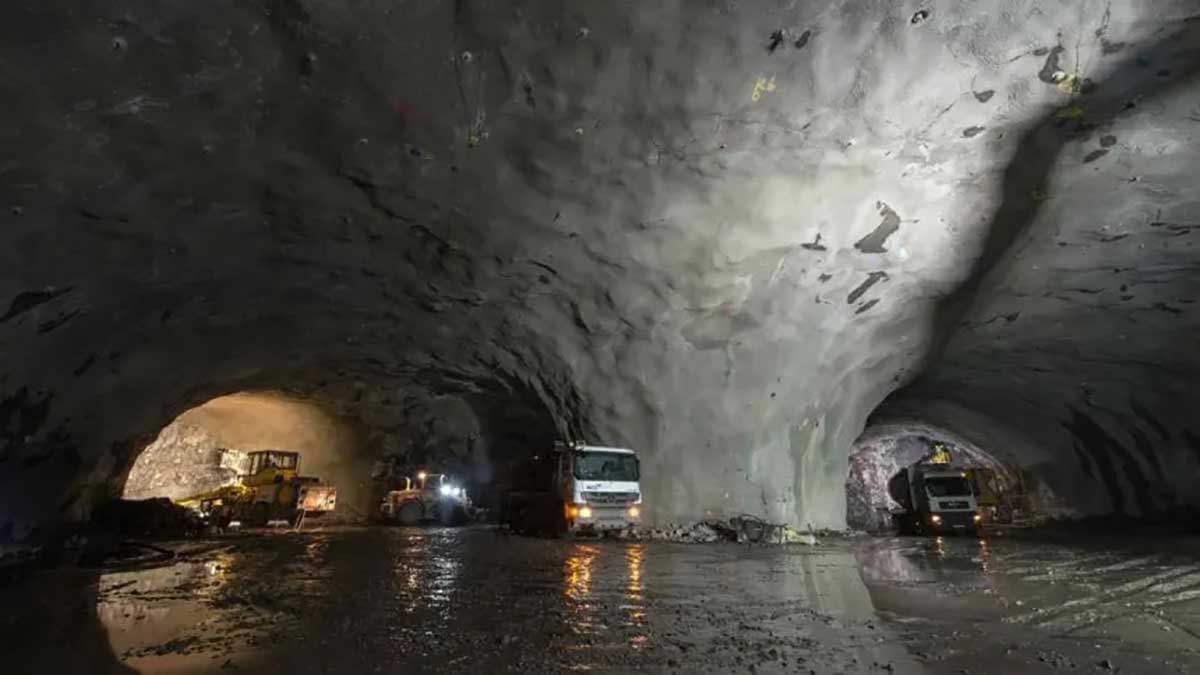
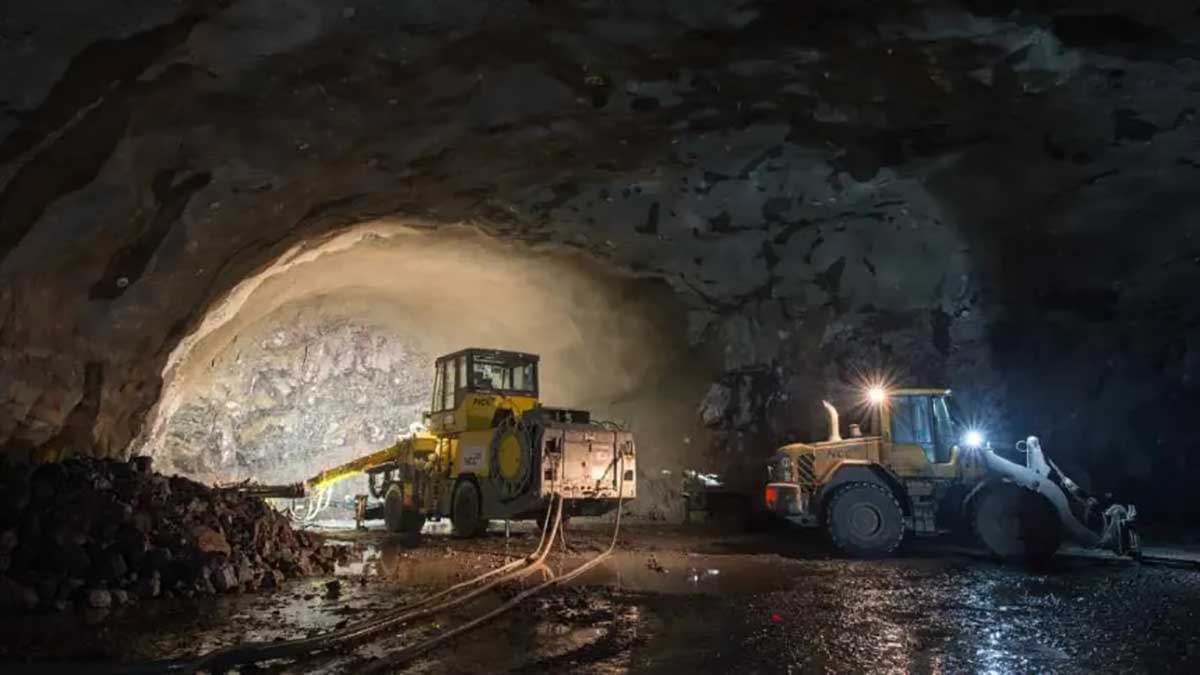
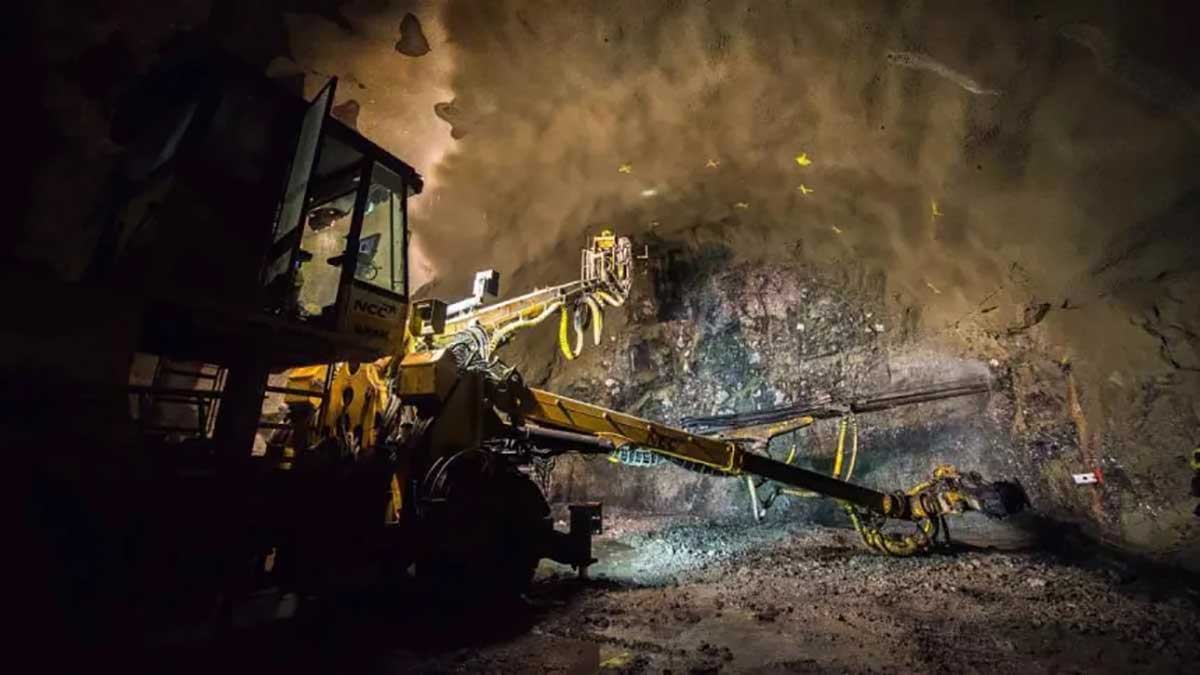
Tunnel boring started on 21st February 2017 on the Strendur side, heading south, and two months later, on 27 April, on the Hvítanes side, heading north. It took the Strendur team just over 9 months to reach the roundabout site, after some 1,900 m of drilling. Once the roundabout was completed, two tunnelling teams worked on the section between the roundabout and Hvítanes, one in the direction of the other, while a third team headed from the roundabout towards Saltnes. The first two were found under the seabed on 7th June 2019. With a maximum slope of 5%, Eysturoyartunnilin reaches 187m below sea level at its deepest point. It has also meant that residents will see their driving time between the capital and Runavik reduced from one hour and 14 minutes to just 16 minutes, even if they have to pay a toll.
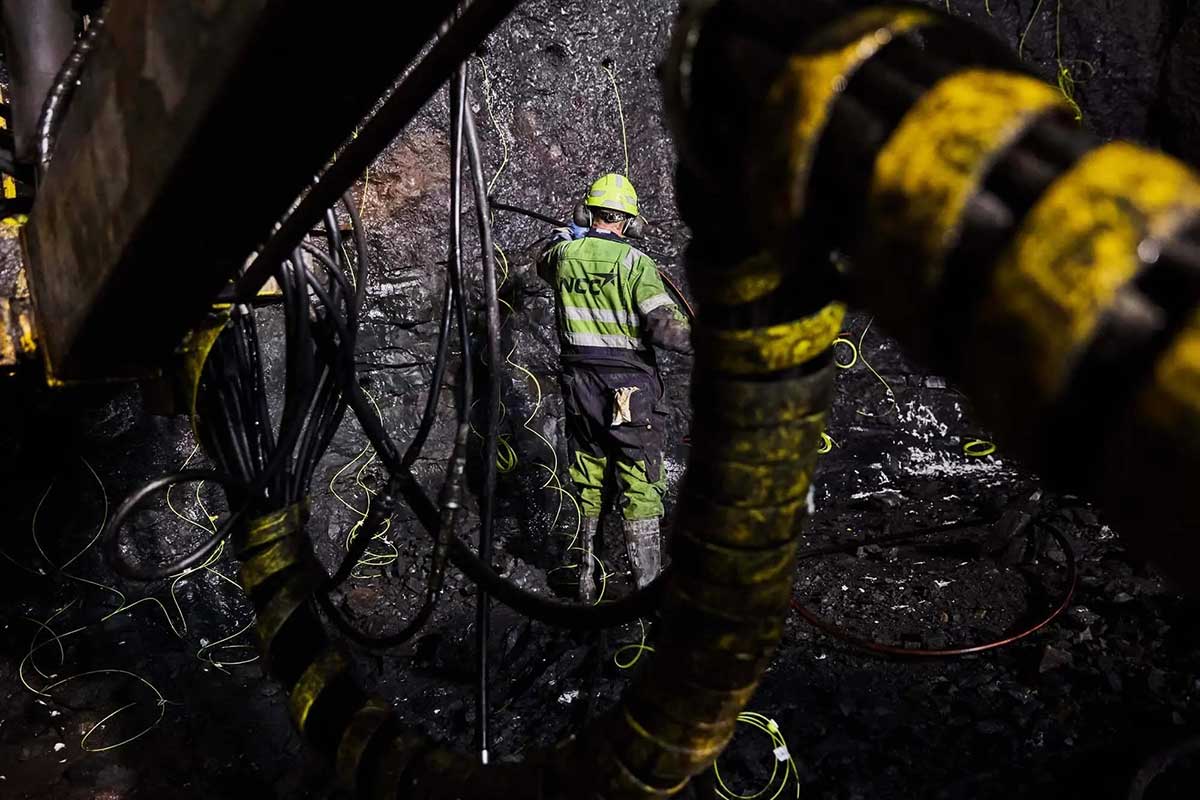
It only remains to add that a series of sculptures by Faroese artist Trondur Patursson gives the Eysturoy tunnel roundabout an interesting profile.
Sources: NCC, Tunnil, Visit Faroe Islands, Wikipedia.
Images: NCC, Visit Faroe Islands, Tunnil.
